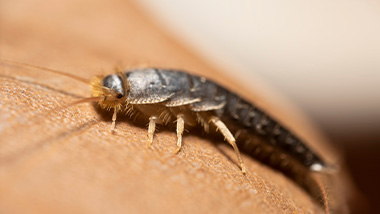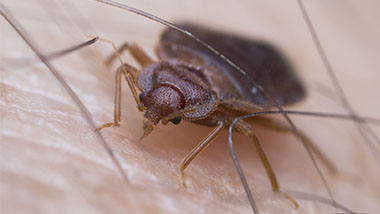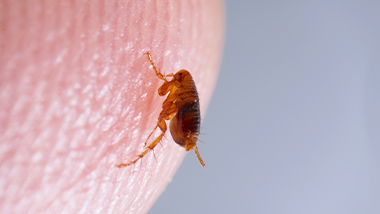A guide to pest control
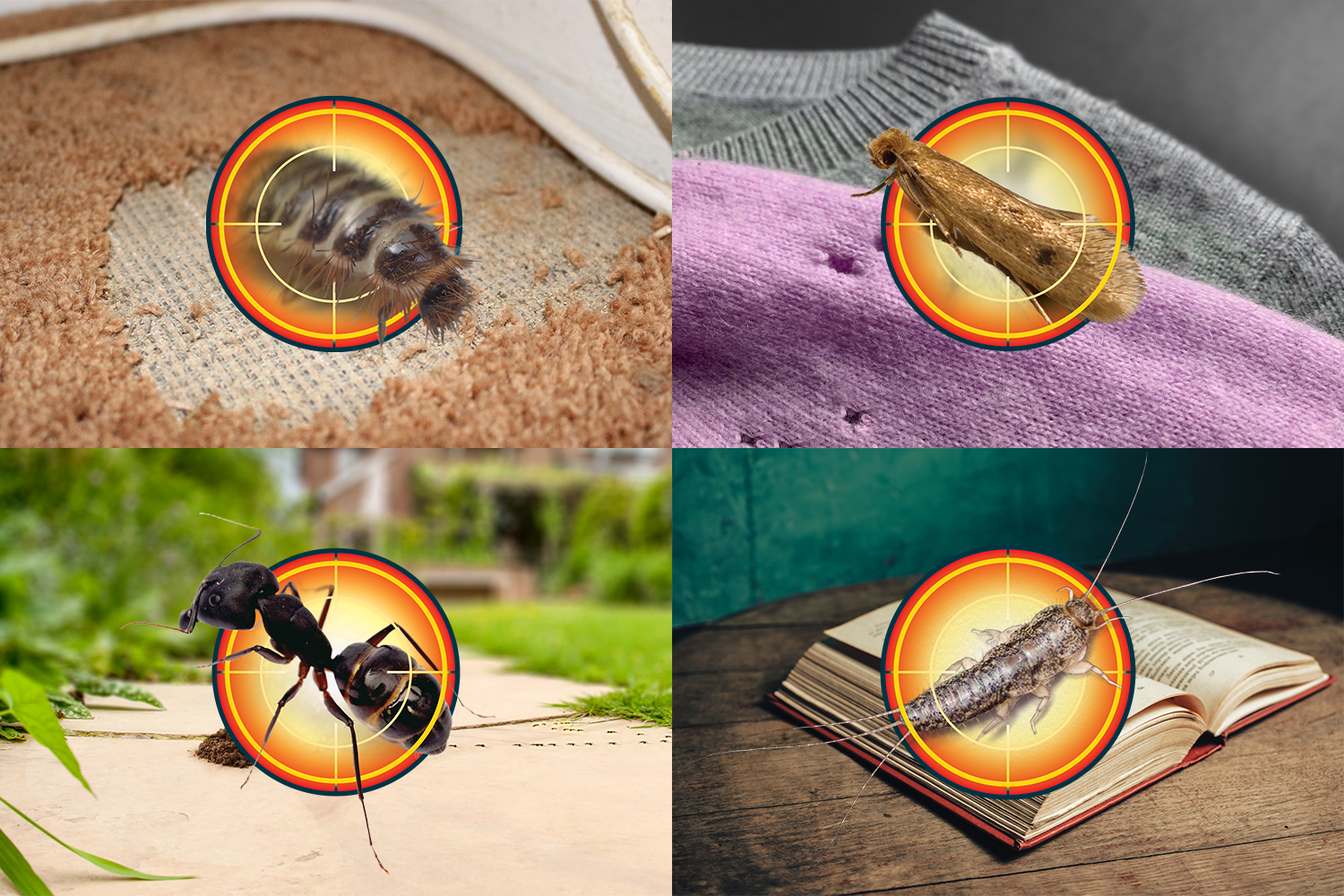
Pest control is an important part of running a safe home. The hallmarks of a comfortable home – heat, soft furnishings, ample food – also attracts a rich variety of pests. Explore the NOPE! home Pest Control range here. Read on for a guide to pest control.
Insects like ants, moths and fleas as well as bed bugs, carpet bugs and silverfish can severely damage your home and health. We have been battling invasive pests of all kinds since the dawn of humanity. Archaeologists have found pest control advice stretching as far back as the second century BC, some of which are effective even today.
A successful pest control strategy isn’t just about removing pests and preventing them from entering your home. It’s also about ensuring you run a safe and clean home to minimise illness and infection. It’s about home protection.
The best way to get rid of common UK pests
Looking for the best way to safely get rid of common UK pests?
Safeguard Europe’s series of informative and in-depth guides on common types of UK common will equip you with the knowledge and methods of effective domestic pest control.
The pest problem
Most insect pests pose a threat due to the unsanitary conditions they love to hide in. For instance, cockroaches find most of their sustenance rummaging through our bins and discarded waste. Some pests are more directly harmful than others, but all pests can be put broadly into two categories: flying insects and crawling insects.
Crawling insects
Any crawling insect can track harmful bacteria from the outside world into your home. These include:
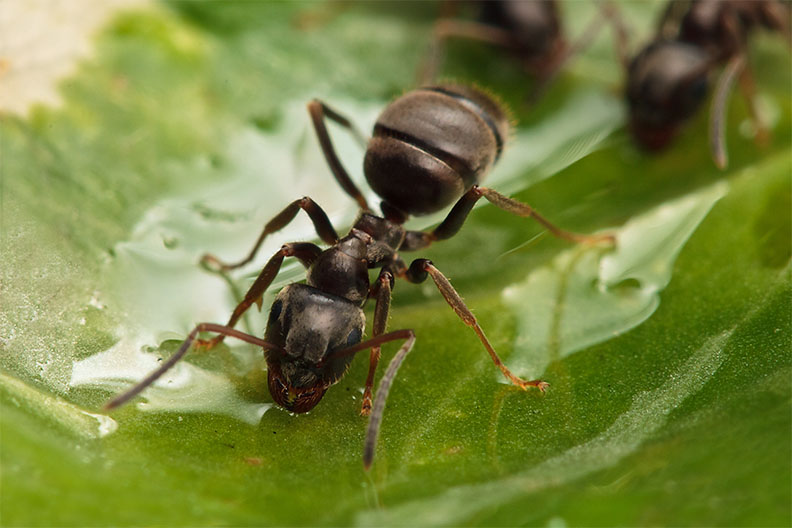
- Worker Ants
- Silverfish
- Carpet Beetles
- Fleas
- Bed Bugs
- Moth Larvae
Some insects, like ants, are functionally harmless but still pose a threat due to their ability to contaminate surfaces. Others are more openly destructive. Bed Bugs feast on our blood as we sleep. Fleas dine on our pets and carpet beetles destroy valuable rugs. Here are the main ways crawling insects harm humans and households.

- Through bites and stings
- By filling the home with allergens
- By transmitting diseases and bacteria
- By contaminating food and food preparation surfaces
- By causing damage to wood structures, soft fabric and furnishings
Flying insects

The majority of insects have wings. In some species, like ants or moths, they are limited to a certain point of their lifecycle or certain mating type. Some, like cockroaches, have wings but cannot functionally fly. Others have full flying capability.
Flying insects can reach anywhere in the home. They hide in corners and areas that may be difficult to access. Some of the most common flying insects include:
- Flies
- Fruit Flies
- Carpet Beetles
- Wood-Boring Beetles
- Wasps
- Mosquitoes
- Adult Moths
- Flying Ants
Flying insects cause cause damage to health and home through:
- Food and food surface contamination
- Soft fabric, furnishings and wood damage
- Contaminating living spaces with allergens
- Transmitting diseases and bacteria through general contact, bites and stings
There are many different methods of pest control. These range from invasive chemical disruption to basic hygiene practices. The best method of pest control is always preventative. By knowing the lifecycles and behaviours of common UK pests, you can lower the risk of infestation.
Hygienic prevention
Pests like ants and cockroaches feed on the same types of food we do. To keep them away, the best action is to make sure we’re not leaving out breakfast, lunch and dinner for them. Ensure that these kitchen standards are always adhered to:
- Keep the kitchen clear of food waste and make sure debris and crumbs are swiftly disposed into enclosed bin areas
- Make sure cereals, flours and sugars are decanted into air-tight, sealed containers This will minimise mess and ensure no unwanted intruders make a home inside
- Ensure in between cracks and behind appliances is free and clear of food detritus
Around the home, make sure walls, doors and windows are fully sealed and without external damage. Ensure interior and exterior plumbing and pipework has no defects or leakage that may attract pests.. As well as clearing away dust, hair and food mess, regular vacuuming around the property can break pheromone trails ants use to find their way back to food sources.
Preventing pests at the source
With some pests, it’s possible to find the infestation’s source. Depending on the type of pest, this may be a harbour, a hive or a nest. For instance, pouring boiler water into ant hills is an oft-used and effective method of controlling ant populations.
Some pest infestations always require professional intervention.
Rats, wasps and some types of woodworm can cause severe structural damage. They may also seriously threaten human health. Never disturb a suspected wasp’s nest. Do not attempt to handle live or dead rats.
Pesticidal solutions

When pests have already entered the home, ridding your home of them can be difficult. Pesticidal solutions eliminate pests from your home. Some types can provide a level of future protection.
For the average homeowner, cypermethrin-based pest control products swiftly eliminate a wide variety of insects. Cypermethrin is a synthetic pesticide derived from pyrethrum, which is extracted from the Chrysanthemum flower. As well as acting as an insect killer, it is also an effective repellent.
Some sprays provide long-lasting residual protection on undisturbed surfaces. Explore the NOPE! CP range of cyper-methrin based pest control sprays.
Responsible use of measured pesticides is key. When using pesticides to protect your home, always do the following:
- Only spray pesticides in targeted areas. Never spray throughout the house
- Ensure pesticides are always deployed away from children, pets or food preparation areas
- When using bait stations or paper-based hanging systems, place as close to the confirmed infestation as possible
- Ensure any pesticides used are HSE-approved for safe home use
Pest control comes in many forms. The form also depends on which pest you are attempting to get rid of. These include:
- Sprays (Explore the NOPE! CP Killer range)
- Bait boxes (Discover NOPE! Ant Killer Bait Stations)
- Wardrobe hangers (Discover NOPE! Clothes Moth Killer Paper Booklets)
- Natural repellents like lavender, rosemary, citronella, eucalyptus or clove
- UV lamps, ultrasonic devices and bug zappers
- Biological predators (most commonly used by gardeners, who often use nematodes to clear gardens of crane fly larvae and slugs)
